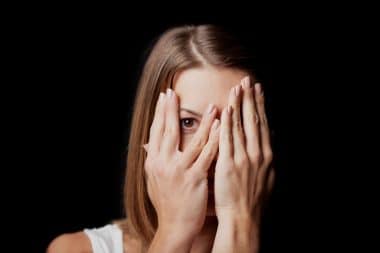Anxiety disorders are psychological and emotional conditions that impact the daily lives of several thousand people each and every day. They range from feelings of uneasiness to immobilizing bouts of terror. The study of emotional health and well-being is extensive and includes the study and treatment of anxiety disorders.
But there are more than one anxiety disorders. So what are anxiety disorders and how do they affect the lives of the people who suffer from them?
The most common is the generalized anxiety disorder. Most people experience anxiety at some point in their lives and some nervousness but a generalized anxiety disorder doesn”t disappear, is unwarranted and the feelings can impact everyday activities. These feelings include chronic or exaggerated worry, tension, irritability without cause, restlessness, trouble falling or staying asleep, headaches, muscle tension or sweating.
The diagnosis of generalized anxiety disorder is usually made after a person has spent about six months worried about everyday problems. Anxiety that is incapacitating or has more troublesome symptoms can be diagnosed earlier. And thankfully it is also the most treatable of all mental disorders. Some of the treatments that are used include cognitive behavioral therapy, relaxation techniques and biofeedback. Medication, such as benzodiazepines, may be required in some cases.
Another anxiety disorder is panic disorder. In this condition people experience white-knuckle, heart-pounding terror that strikes suddenly and without warning. Since they can”t predict when these attacks will happen may live in constant worry that another one could strike at any time.
Psychiatrists may wait until a person has experienced four attacks within four weeks or more attacks followed by a month of fear of another attack. Most attacks only happen for several minutes but some can go on for 10 minutes. They can happen at any time, including when the sufferer is asleep.
Another of the anxiety disorders is the phobias. These are irrational fears that lead people to do specific things to avoid the behaviors. For example social phobias are fears of being embarrassed in front of others, such as public speaking. Agoraphobia is the fear of being in a situation that may trigger a panic attack. In these instances people may find themselves cloistered in their home without ever leaving, having even groceries delivered.
Symptoms of phobias often include physical symptoms that are similar to those of a panic attack such as sweating, racing heart and trembling. A formal diagnosis of this condition occurs when the person recognizes that the fear is excessive or unreasonable and finds that normal routines or social activities are significantly impaired.
And the final type of anxiety disorder is post-traumatic stress disorder. PTSD was once diagnosed only in returning military personnel but today researchers now know that even children can develop PTSD if they experienced, witnessed or participated in a traumatic event that may have been life-threatening. Events such as rape, kidnapping, airplane crashes, serious accidents or natural disasters can trigger psychological damage that can interfere with a person”s ability to hold down a job or develop intimate relationships with others.
The symptoms of PTSD can range from reliving the event to a generalized emotional numbing. Persistent anxiety, exaggerated startle reactions, difficulty concentrating, nightmares and insomnia are common. People with PTSD will often avoid situations that remind them of the even because they provoke intense distress or even panic attacks.
With the proper support medically, psychologically and emotionally people with suffering anxiety disorders are often able to learn to control their fears so they are well equipped to handle situations and events. This leads them to a more normal and productive life.







Reply